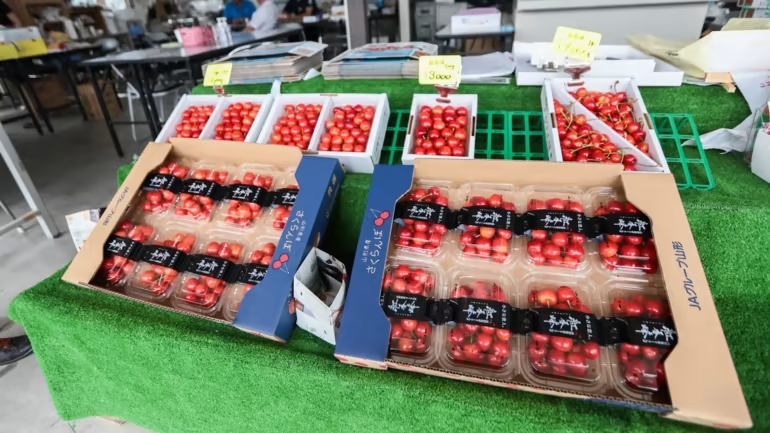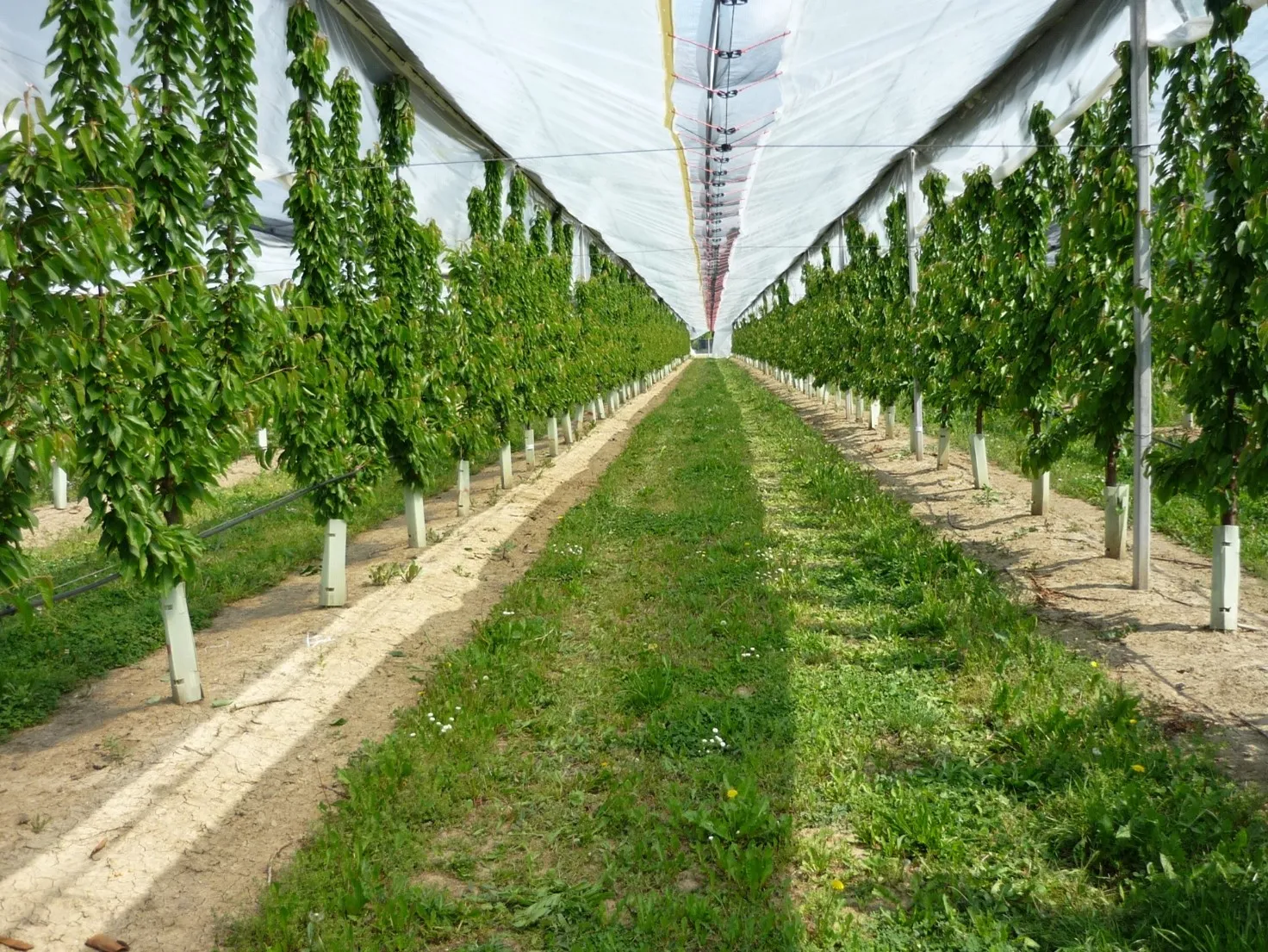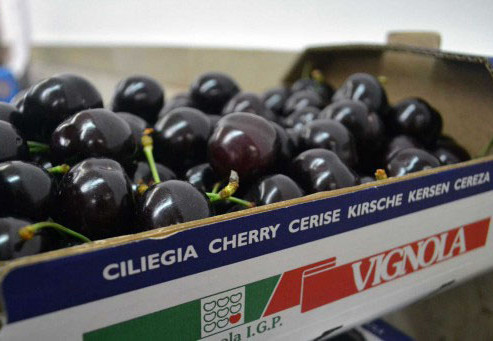High temperatures have devastated cherry crops in the Yamagata prefecture this season, leading to the second lowest harvest of the local specialty since the beginning of the Heisei Era (1989-2019). This season's harvest is expected to drop below 9,000 tons for the first time in 30 years.
Government officials from the prefecture reported on the state of cherry production and sales this season during a meeting on August 29 of a council that promotes the branding value of Yamagata cherries. The council is associated with groups of farmers, fruit traders, and the prefectural government.
Officials stated that the estimated harvest of 8,700 tons for this season has decreased by 33% compared to the previous year and by 35% compared to the annual average. The annual harvest has fallen below 10,000 tons only once in the last decade: 9,160 tons in 2021.
The last time it did not reach 9,000 tons was in 1994, when it dropped to 8,570 tons. Cherry sales from the Yamagata chapter of the National Federation of Agricultural Cooperative Associations decreased by 53% in volume and by 38% in value compared to the previous year.
Regarding cherry varieties, sales volume plummeted by 56% for Sato-Nishiki and by 66% for Beni-Shuho compared to the previous year. In mid-May, a crop investigation committee estimated this season's cherry production at 12,100 tons, slightly below the annual average.
 Image 1: Freshly picked cherries for sale at a farm in Sagae, Yamagata prefecture. A pack costs 3,000 yen, or nearly 22 dollars.
Image 1: Freshly picked cherries for sale at a farm in Sagae, Yamagata prefecture. A pack costs 3,000 yen, or nearly 22 dollars.
However, starting from mid-June, temperatures in the prefecture exceeded 30 degrees for many days, causing excessive ripening of the fruits. The heat also shortened the harvest period, and the available workforce was unable to pick all the ripe cherries during that time, officials said.
Read the full article: Asahi Shinbun
Image: Nikkei Asia
Cherry Times - All rights reserved













